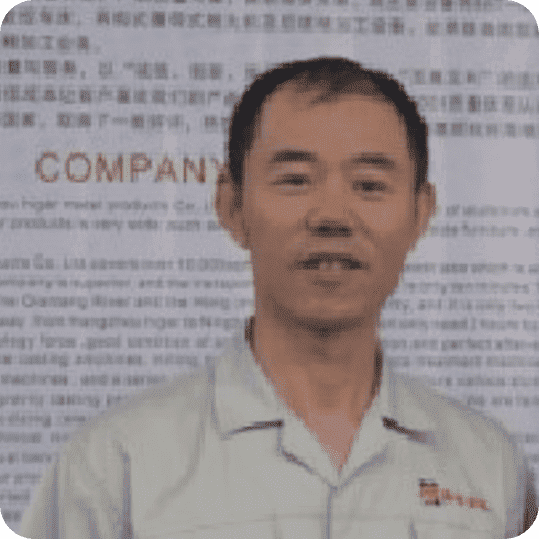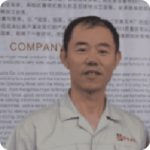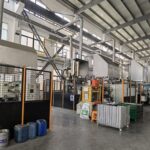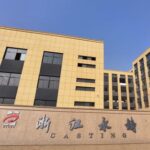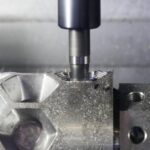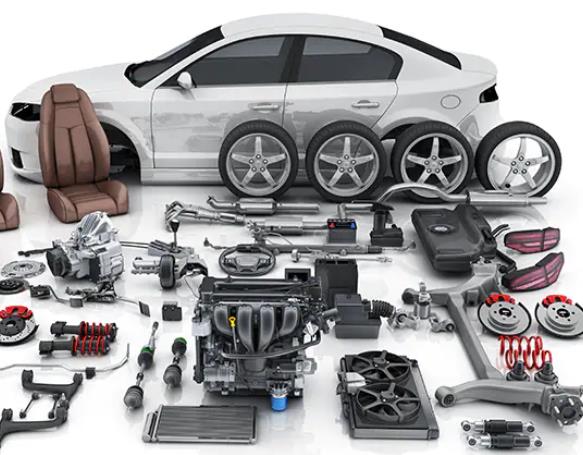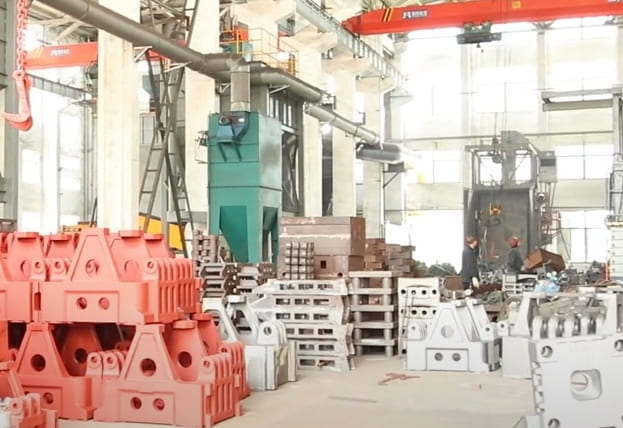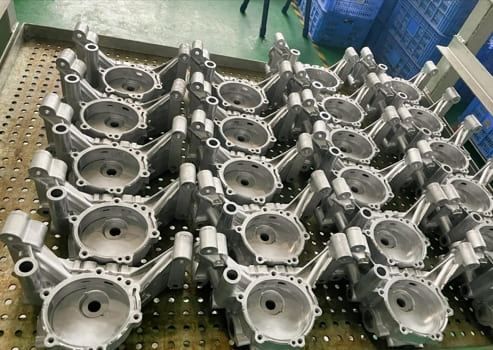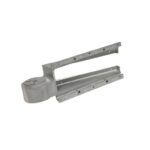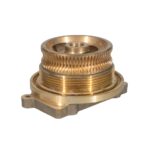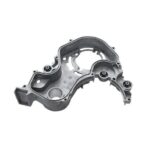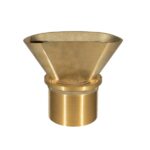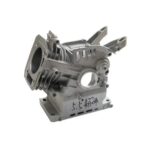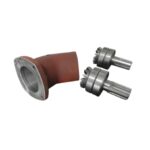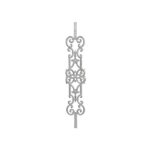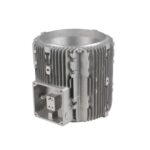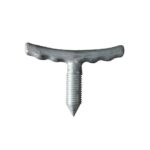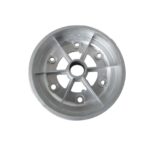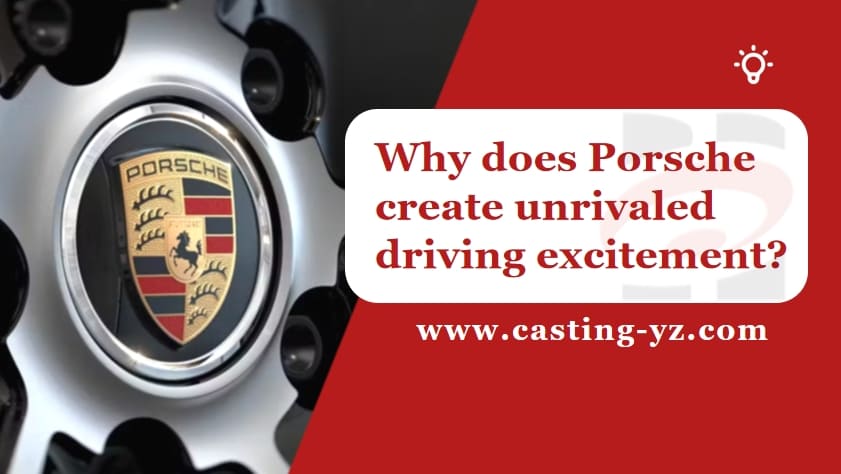
How Did a Sketchpad in 1931 Spark a Sports Car Revolution?
In a dimly lit Stuttgart workshop, Ferdinand Porsche’s pencil danced across blueprints, unaware he was drafting the future of automotive obsession.
By 1948, his son Ferry transformed those sketches into the 356 “No. 1” Roadster – a 1,290-pound aluminum-bodied rebel that out-cornered postwar Europe’s clunky sedans.
Today, that pioneering spirit lives on: every 911 rolling off Zuffenhausen’s line carries 47 pounds of precision-cast aluminum, a metallic heirloom connecting modern engineering to its analog ancestors.
Which Models Define Porsche’s 21st-Century Crown?
Porsche’s lineup isn’t just cars—it’s a gallery of moving art, each piece a study in contradictions.
Take the 911 Carrera S, 2024’s stealthy predator. Its rear-engine layout—unchanged since 1963—now hides AI-optimized magnesium pistons that slice weight by 62%, while the iconic 7,500 RPM wail still echoes through Alpine passes.
Then there’s the Cayenne Turbo GT, an SUV that shouldn’t exist but does: its aluminum-intensive chassis sheds 309 pounds versus steel, yet tows 7,716 pounds—enough for a Formula 4 car and its thirsty entourage.
And let’s not forget the Taycan Cross Turismo, where 1,200 pounds of aerospace-grade aluminum form an 800V electric heart, catapulting families to 60 mph in 2.6 seconds—school run meets Le Mans start.
Where Are Porsche’s Temples of Precision Hidden?
Journey to Zuffenhausen, Germany, where the air smells of molten metal and racing fuel.
At Porscheplatz 1, robots dance with tolerances tighter than a watchmaker’s sigh, welding Taycan battery trays within 0.2mm precision—thinner than a human hair.
Twenty miles east in Leipzig, foundries glow crimson as 4,200 pounds of aluminum daily morph into Macan suspension arms.
Visitors here can test Cayennes on the FIA-grade track, where engineers once fine-tuned the Carrera GT’s banshee scream.
Across the Atlantic, Atlanta’s stealth workshop hydroforms Cayenne doors under 8,000 psi water jets, shaping metal like origami. These aren’t factories—they’re cathedrals where metal becomes magic.
Why Do Millionaires Choose Porsche Over Ferrari?
In the rarefied air of six-figure toys, Porsche plays a delicious trick: blending Italian passion with German pragmatism.
While a Ferrari Roma’s trunk barely holds a weekend bag, the 911 GT3 Touring swallows golf clubs and dignity—its magnesium wheels spinning 25% faster than carbon fiber rivals.
Then there’s the Panamera Turbo S E-Hybrid, a 671-hp beast that sips fuel like a Prius (46 mpg-e) while out-dragging a Lamborghini Huracán. Even the numbers whisper seduction: 5-year-old 911s retain 70% value, double the industry average.
No wonder Tesla’s engineers reverse-engineered the Taycan’s 800V architecture—Porsche’s electric maestro schooled Silicon Valley.
What’s Beyond Cars? Porsche’s $3B Secret Empire
The crest isn’t confined to hoods—it’s a lifestyle etched in titanium and Swiss precision.
Porsche Design crafts 325,000 chronographs with tourbillons, mimicking a 911’s tachometer, while 1,800 sunglasses shield eyes from glare and mediocrity.
Behind closed doors, their engineering arm reshapes industries: Harley-Davidson’s LiveWire electric bike hums with Taycan-derived battery modules, and NASA consulted on lunar rover alloys.
In 2024, these ventures raked in €4.2B—enough to fund three new 911 generations or buy a small Caribbean island.
How Do Pre-Owned Porsches Create a $920M Aftermarket?
The pre-owned Porsche market isn’t just about resale value—it’s a high-octane economy fueled by obsessive owners and aging machines that refuse to die.
Consider the 2018 911 GT3, a track weapon that’s now the darling of weekend warriors. Its aluminum suspension arms, stressed by 75,000 miles of curb-hopping and apex-chasing, become ticking time bombs.
Dealerships replace 890,000 units annually at $1,200 a pop, while indie shops hawk aftermarket upgrades with 30% more stiffness—and 200% more Instagram bragging rights.
Then there’s the PDK dual-clutch transmission, Porsche’s engineering marvel turned profit engine. Those lightning-fast shifts come at a cost: heat-warped aluminum housings force 310,000 replacements yearly, creating a $2,500 per repair bonanza.
But the real money lies in the unspoken “Gentleman’s Tax”—the factory’s $8,400 titanium exhaust manifold pales next to aftermarket $14,000 alternatives.
Why? Because a hand-welded, diamond-polished pipe that screams at 9,000 RPM isn’t a part; it’s a symphony ticket.
Even collision repairs play their part. A single Taycan’s gigacast rear underbody—a 57kg aluminum monolith—costs $18,000 to replace after a fender bender.
Insurers wince, but boutique shops thrive: Porsche-certified body centers now use AI-driven X-ray scanners to detect micro-cracks invisible to the human eye, billing $450/hour for what they call “metal forensics“.
Why Will Your Next Porsche Be Born from Liquid Metal?
Porsche’s foundries are rewriting physics, one molten pour at a time.
The Taycan’s gigacast rear underbody—a single aluminum piece replacing 72 welds—slices assembly time by 18 hours per car.
Customization gets wilder: Weissach Package buyers now order 3D-printed pedal brackets, laser-sintered in 5 hours instead of 5 weeks.
Even collisions turned avant-garde—certified shops use AR overlays to align subframes within 0.01mm, precision once reserved for Rolex movements.
From the 356’s hand-beaten aluminum curves to the Taycan’s liquid-forged spine, Porsche proves metal isn’t just material—it’s memoir.
As dawn breaks over Stuttgart, engineers pour another crucible, bending alloys to their will.
Somewhere, a future owner waits, unaware their dream machine began as glowing rivers in a German furnace—where passion and physics fuse into forever.
Searching for High-Quality for Cast Aluminum Parts?
You’ve come to the right place! Yongzhu Casting is a certified die casting manufacturer with over 20 years of expertise in the industry.
We have successfully completed numerous die casting projects for Aluminum casting parts, particularly in your industry.

Zhejiang Yongzhu Casting Technology Co., Ltd.
Location: Zhejiang, China
Company type: Manufacturers, Producers, Wholesalers
Year Founded: 2004
Main Products: Aluminium die casting, Mold Making, Die Casting, Sand Casting, Gravity Casting
Leading Chinese producer Yongzhu Casting is formerly known as Hangzhou Higer Metal Products Co., Ltd., was established in 2004.
With 20 years of experience in the industry, we are a specialized manufacturer in Aluminum casting and Machining.
Our products are widely used in various applications such as Automotive, Energy, Lighting, Medical, Home Furnishings, Machinery & Equipment etc. Below are our advantages:
>>> Design Review & DFM Support
Our professionals will evaluate your designs and provide suggestions for cost savings. Additionally, we offer Design for Manufacturing (DFM) assistance and conduct mold flow analyses to facilitate efficient production.
>>> State-of-the-Art Manufacturing Equipment
Our facility is equipped with advanced hot-chamber and cold-chamber die casting machinery for aluminum and zinc production.
We also utilize high-precision CNC machines in a temperature-controlled workshop, featuring 3-Axis, 4-Axis and 5-Axis setups to manage any project you have.
>>> Rigorous Quality Control Measures
Our dedicated quality control team ensures that all parts meet the highest standards of quality and consistency. We employ high-accuracy measurement instruments, including CMM, spectrometers, and X-ray detectors.
>>> Comprehensive Surface Treatment Options
We provide a variety of surface finishing techniques for your precision die casting components. Our in-house services include cleaning, polishing, anodizing, shot blasting, and painting.
>>> Flexible Project Acceptance
While larger manufacturers often shy away from low-volume projects, and smaller ones may struggle with quality, Yongzhu Casting stands apart. We prioritize customer satisfaction and willingly accept high-mix, low-volume projects like yours.


